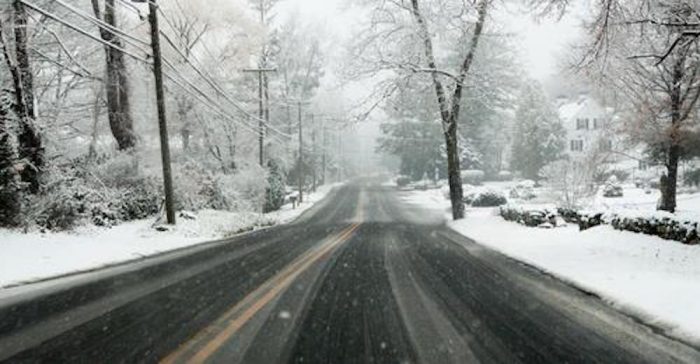By Brian Monahan
At the Three Village Civic Association meeting on April 1, residents listened to a presentation regarding the legislative effort in Albany to take actionable steps at implementing the recommendation of the report of the Legislative Commission on the Future of the Long Island Power Authority to make LIPA a “true publicly owned” power authority. This would allow LIPA to run its own electric grid with considerable savings, according to the report.
Yet, the plan’s prospects appear dim in the backdrop of Albany as a late state budget muddies the waters of progress. The commission’s co-chair, Assemblyman Fred Thiele (D-Sag Harbor), has legislation in the Assembly, but no such bill exists in the Senate.
Thiele was not available for comment prior to press time.
“This is something that will be discussed outside and after the budget during the remainder of the legislative session,” said the deputy communications director for state Senate Majority Leader Andrea Stewart-Cousins (D) when asked if the majority leader would support putting forward a corresponding bill in the Senate.
PSEG Long Island has reportedly been lobbying heavily in favor of retaining the current “service provider” model, which is uncommon in the United States. Additionally, PSEGLI points to metrics such as reliability, customer satisfaction, “most improved large utility since taking over the grid 10 years ago” and having the “lowest Department of Public Service complaint rate in New York state” as reasons the current model should stay.
“The public-private partnership has worked for our customers on Long Island and in the Rockaways,” said Katy Tatzel, director of communications for PSEGLI. “Continuous improvement is one of PSEG Long Island’s core tenants. We have made significant improvement to the customer communications system and hardening of the system both before and after [Tropical Storm] Isaias [in 2020] and will continue to make improvements in the future.”
If LIPA were to be a fully public utility, it would have access to tax-exempt bonds and government grants, which it is argued would help lower prices paid by ratepayers. The utility does not have current access to these potential benefits.
The financial analysis of the LIPA commission identifies between $48 million and $78 million in annual cost savings through “LIPA directly managing the operation of its electric system,” primarily by eliminating the PSEGLI management fee.
Opponents to this municipalization plan include the Long Island Association and the Empire Center. “The Long Island Association opposes a fully-municipal electric utility for our region as recommended by the Legislative Commission on the Future of LIPA, as it would adversely impact ratepayers and Long Island’s energy future,” LIA President & CEO Matt Cohen said in a statement.
The Empire Center, a free-market-oriented think tank in Albany, notes that the unique situation of a public-private utility makes it an easy target when service goes awry but believes the commission “failed” to make its case for municipalization.
Where does this web lead ratepayers? “I’ve heard a number of different perspectives, but the one that always resonates is how unhappy people are with the current situation,” said Herb Mones of Stony Brook, expressing how few people have time to understand the present system.
Others see municipalization, which would reconfigure the governing body of LIPA, as a key way to getting local political bodies and organized labor represented on LIPA’s board.
Questions of which model of governance may be adopted or any other plans for the future of municipalization are secondary to whether the legislation will pass. In the interim, ratepayers remain united in seeking the best service for the best rates possible, whatever arrangement this means.














